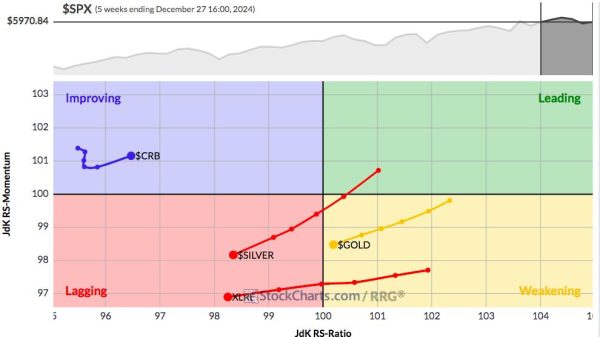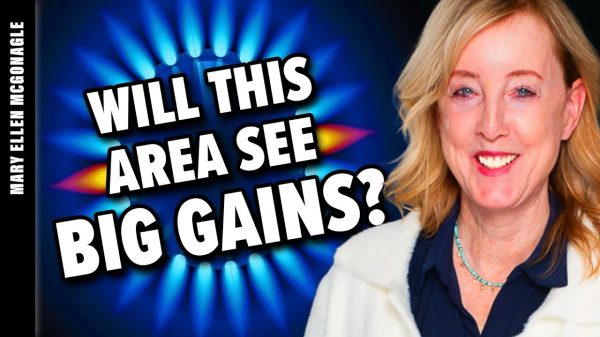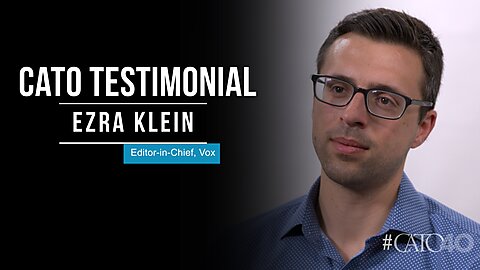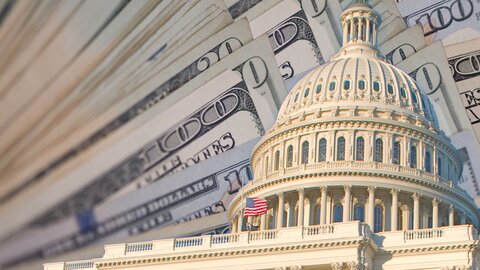You’ve probably heard of the January effect—that is, when small-cap stocks show strong performance during the first trading month of the year. But don’t let it throw you off; it doesn’t necessarily mean you’ll see the action in January. According to the Stock Trader’s Almanac, the January effect now starts in mid-December. Does that mean that small-cap stocks will start showing their strength just about now?
Wait: Let’s Pause For a Moment…
The general big picture of the stock markets is that, during most of the year, small-cap stocks are ignored as the stocks of large companies get all the attention. However, around early November, the small caps start getting some love and, by the time mid-December rolls around, the smaller company stocks are in the spotlight.
Why does this happen? The general point of view is that individual investors sell their losing stocks so they can claim capital losses on their tax returns. Using the capital from the sale of the stocks and expected year-end bonuses received from their employers, these investors turn around and reinvest.
This year, 2022, has been a bit of an anomaly, given that inflation and interest rates are front and center in investors’ minds. When the Fed suggests they may be slowing the pace of their rate hikes or if inflation is cooling, investors get optimistic and stock prices rise.
Keep Small Cap Stocks On Your Radar
So far, small caps haven’t started to show muscle, but there’s a chance they may show up a little later. So it’s worth watching their performance as we finish out the year. One way to do this is to look at the ratio of small-caps to large-caps using exchange-traded funds (ETFs), such as the iShares Russell 2000 (IWM) and iShares Russell 1000 ETF (IWB). The Russell 2000 is made up of smaller companies, whereas the Russell 1000 is made up of larger companies.
Generally, companies with a market capitalization between $300 million and $2 billion are considered small caps. Companies with a market capitalization greater than $10 billion are considered large caps.
To see the top holdings of the IWM and IWB:
Select Symbol Summary from Your Dashboard.Enter the symbol on the top right symbol box, then select Go or hit the enter or return key. Scroll down to Performance and visit the link that provides the fund details.
In your StockCharts platform, enter IWM:IWB in the symbol box (see chart below). Note that you can use other ETFs for your analysis or combine an ETF with an index. This gives you a general idea of how small caps performed compared to large caps. When the yellow line trends down, it indicates large caps were outperforming small caps and, when the line is trending up, small caps are outperforming large caps.
CHART 1: RATIO OF SMALL CAP STOCKS TO LARGE CAP STOCKS. Viewing the ratio of IWM to IWB shows the performance of small-cap stocks against large-cap ones. As of now, large caps are still stronger than small caps. It’ll be interesting to see if this trend reverses. Chart source: StockCharts.com. For illustrative purposes only.
What’s interesting is that, in 2022, from mid-May to early November, small caps were performing better than large caps. If you bring up a chart of the S&P 500 Index ($SPX), you’ll see that mid-May is around the time investors were concerned about the equity markets. This continued until early November, which is when Fed chairman Jerome Powell put investors at ease by suggesting that interest rate hikes could start slowing.
Fed’s Rate Decision: The Market’s Reaction
As expected, the Fed raised rates by 50 basis points, or half a percentage point. But the Fed’s outlook continues to be hawkish—interest rates could go higher than 5%. Inflation risks are still on the upside. The Fed’s “dot plot” outlook for the Fed funds rate (terminal rate) ranges from 5.1 to 5.4% in 2023, 4.1% in 2024, and 3.1% in 2025. In short, rates could still go higher before they start coming down.
Comments from Chairman Powell suggested that the Fed is committed to bringing inflation down to its 2% goal, which will take some time. The Fed also wants to restore price stability to the U.S. economy and reduce its balance sheet. Although the Fed has raised rates, the effects are yet to be felt. The U.S. economy has slowed, but growth in spending and production has been modest, and consumer spending has lowered. But the labor market is still tight.
It’s pretty clear that investors are still focused on what the Fed says. This is clear in the market’s initial reaction to the news—the equity market softened and the 10-year Treasury yields popped. But the markets reversed direction, with equities recovering some of their losses and yields retreating. Interestingly, the IWM:IWB chart turned to the upside when the equity markets reacted to the interest rate decision, but turned lower at the close of trading.
What’s Ahead for January?
It remains to be seen if small caps or large caps will reign in January. We could still see the January effect come into play. If it does, there’s a chance that small-cap stocks could perform well up until early May. According to the Stock Trader’s Almanac, the small-cap advantage has waned during major bull moves and intensified during periods of uncertainty, as traders may begin bargain-hunting early. So, exercise patience and keep an eye on the performance of large-cap to small-cap stocks.
Jayanthi Gopalakrishnan
Director, Site Content
StockCharts.com
Disclaimer: This blog is for educational purposes only and should not be construed as financial advice. The ideas and strategies should never be used without first assessing your own personal and financial situation, or without consulting a financial professional.
























